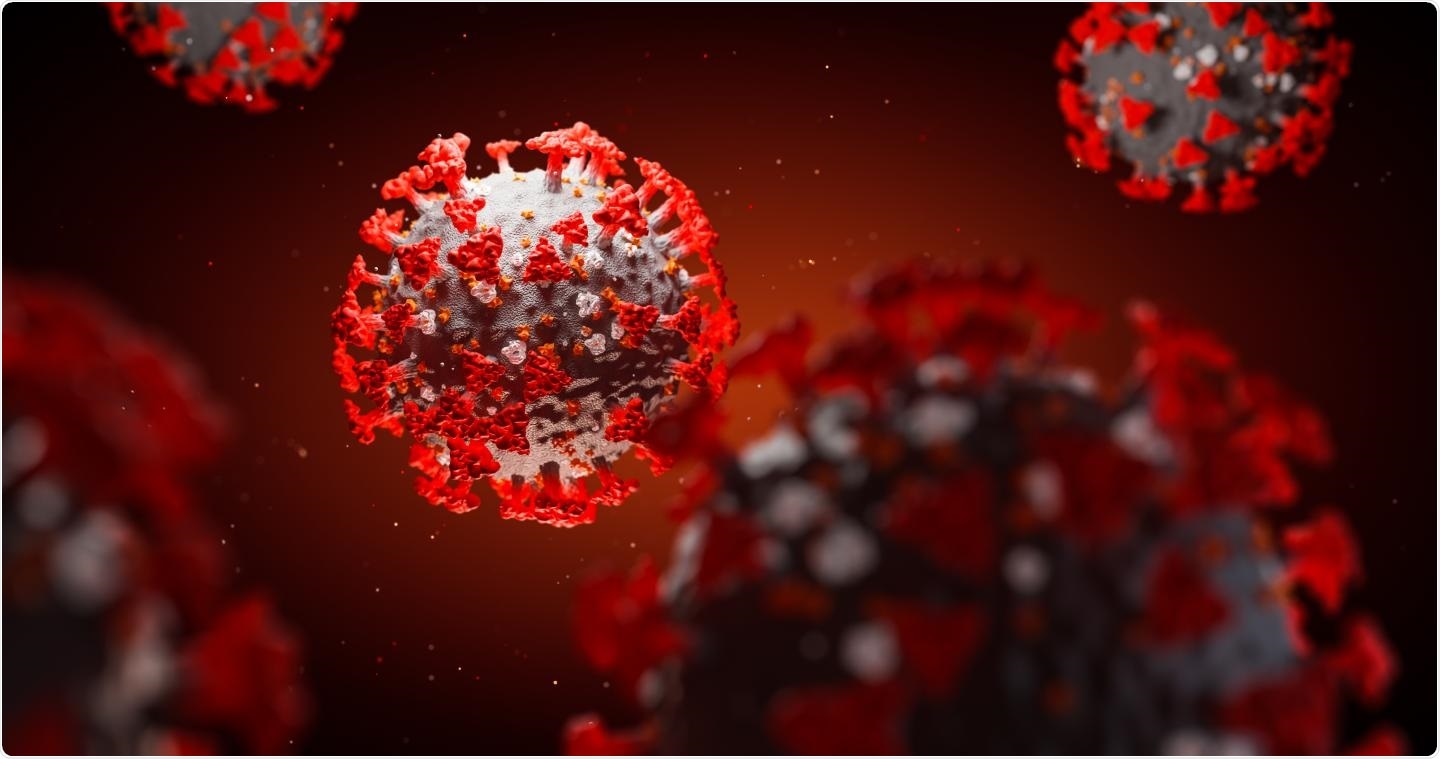In their new research paper currently available on the medRxiv* preprint server, scientists from the University of Bonn in Germany demonstrated that indirect environmental transmission most likely plays only a minor role in the spread of severe acute respiratory syndrome coronavirus 2 (SARS-CoV-2). However, certain potentially neglected viral reservoirs have to be taken into account when introducing epidemiological measures.
A pandemic of coronavirus disease (COVID-19) is currently a burning global health problem that can severely threaten the elderly and those with underlying health conditions; however, as the causative agent is novel, many question marks are still looming.
One crucial issue is whether and how long SARS-CoV-2 viral particles can survive on various surfaces in order to enable efficient human-to-surface-to-human transmission. Also, is it possible for the virus to persist and subsequently spread via water?
Up to now, the lack of clear-cut information on the COVID-19 pandemic challenged our environmental hygiene approaches. More specifically, special isolation and infectious disease wards have been established in healthcare facilities, while whole households have been put under the quarantine. However, precise actions require a coherent, evidence-based perspective.
Consequently, a research group from the University of Bonn aimed to investigate the dissemination of SARS-CoV-2 in the air, wastewater, and on domestic items in family households with at least one COVID-19-positive family member during an obligatory quarantine period.

Human and environmental samples
In this study, human and environmental samples were obtained in a high-prevalence community setting, which was the first sizeable COVID-19 cluster known in March 2020 in Germany. Age, sex, and time of quarantine were documented for all individuals from each of the sampled households.
The study also has a methodological rigor. Throat swabs were taken from all adults and most of the children in the household. Air samples were obtained by utilizing cyclone sampling via Coriolis micro-air sampler, which is a portable innovative biological air sampler for indoor or outdoor air bio-contamination assessment.
Wastewater samples were obtained by using sterile syringes and catheters to reach the wastewater in the siphons of sinks, showers, and toilets in bathrooms. Finally, a swab with a synthetic tip and a plastic shaft was used for fomite samples (i.e., from porous and nonporous inanimate objects).
All samples were then transported to the virologic laboratory within six hours of sampling. Virologic analysis was performed by using reverse transcription-polymerase chain reaction (RT-PCR), and the isolation of SARS-CoV-2 from environmental samples was also attempted by seeding Vero E6 cells (which are derived from the kidney of an African green monkey and commonly used in microbiology experiments).
Low environmental burden
Although 60% of adults tested positive for SARS-CoV-2 by RT-PCR, the researchers could not detect any viral RNA in air samples, and in only 3% of all fomite samples. Conversely, 15% of all wastewater samples were positive for SARS-CoV-2 genetic material. This indicates that mouthwash in washbasins, body wash in the shower, and feces in toilets may harbor viral particles - hence, wastewater could pose a relevant exposure.
The breakdown of wastewater samples shows that the percentage of positive samples was lowest in toilets, higher in shower siphons, and the highest in washbasin siphons. As a consequence, the aerosolization of viral-loaded droplets from the aforementioned wastewater reservoirs is indeed a possibility.
"Even more, the viral load on the hands and in the throat is highest and viral particles can be released from spitting into the washing basin siphon after teeth brushing or hands washing," accentuate study authors. "Thus, the wastewater system could serve as a possible surveillance system for the circulation of the virus within several environments," they add.
Although molecular methods successfully detected the virus, a low amount of viral particles hampered the attempts to isolate SARS-CoV-2 in the cell culture. In addition, several wastewater samples exhibited a toxic effect on cells, so we actually do not know whether these samples contain a living infectious virus.
Hygienic implications
This study shows that the domestic environment largely does not pose a high risk for the transmission of SARS-CoV-2. More specifically, surfaces in households did not correlate to high viral rates. In contrast, significant contamination (according to the viral RNA detection) was observed in showers, toilets, and washbasins - indicating a potentially neglected disease reservoir.
"However, further systematic studies with an adapted methodology should be performed to investigate the contamination of the domestic environment and the interactions between humans, animals and the environment," caution study authors.
Moreover, the possibility of wastewater transmission has hygienic implications for all systematic prevention measures, especially when areas with poor sanitation are considered. This means that stringent preventative approaches should be continued while we gather more information by future research endeavors.
*Important Notice
medRxiv publishes preliminary scientific reports that are not peer-reviewed and, therefore, should not be regarded as conclusive, guide clinical practice/health-related behavior, or treated as established information.
https://news.google.com/__i/rss/rd/articles/CBMilgFodHRwczovL3d3dy5uZXdzLW1lZGljYWwubmV0L25ld3MvMjAyMDA2MDMvU2hvd2Vycy10b2lsZXRzLWFuZC13YXNoYmFzaW5zLW1heS1hY3QtYXMtU0FSUy1Db1YtMi1yZXNlcnZvaXJzLWRlc3BpdGUtbG93LWVudmlyb25tZW50YWwtdHJhbnNtaXNzaW9uLmFzcHjSAZoBaHR0cHM6Ly93d3cubmV3cy1tZWRpY2FsLm5ldC9hbXAvbmV3cy8yMDIwMDYwMy9TaG93ZXJzLXRvaWxldHMtYW5kLXdhc2hiYXNpbnMtbWF5LWFjdC1hcy1TQVJTLUNvVi0yLXJlc2Vydm9pcnMtZGVzcGl0ZS1sb3ctZW52aXJvbm1lbnRhbC10cmFuc21pc3Npb24uYXNweA?oc=5
2020-06-04 00:16:25Z
52780830543143
Bagikan Berita Ini














0 Response to "Showers, toilets and washbasins may act as SARS-CoV-2 reservoirs despite low environmental transmission - News-Medical.Net"
Post a Comment